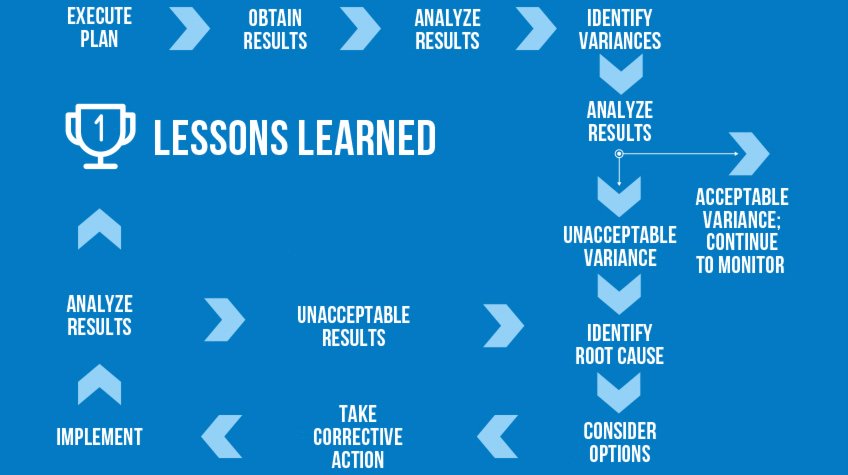Monitoring and control processes continually track, review, adjust and report on the project’s performance. It’s important to find out how a project’s performing and whether it’s on time, as well as implement approved changes. This ensures the project remains on track, on budget and on time.
What is project control?
According to the PMBOK® Guide (the Project Management Body of Knowledge), project control is a “project management function that involves comparing actual performance with planned performance and taking appropriate corrective action (or directing others to take this action) that will yield the desired outcome in the project when significant differences exist.”
Essentially, project controls are a series of tools that help keep a project on schedule. Combined with people skills and project experience, they deliver information that enables accurate decision making. The project control process mainly focuses on:
- Measuring planned performance vs actual performance.
- Ongoing assessment of the project’s performance to identify any preventive or corrective actions needed.
- Keeping accurate, timely information based on the project’s output and associated documentation.
- Providing information that supports status updates, forecasting and measuring progress.
- Delivering forecasts that update current costs and project schedule.
- Monitoring the implementation of any approved changes or schedule amendments.
Importance of project monitoring and control
Monitoring and control keeps projects on track. The right controls can play a major part in completing projects on time. The data gathered also lets project managers make informed decisions. They can take advantage of opportunities, make changes and avoid crisis management issues.
Put simply, monitoring and control ensures the seamless execution of tasks. This improves productivity and efficiency.
Monitoring and control method
When setting up a project’s monitoring and control process, first establish the project baselines. This includes the scope, schedule and budget. Use this information to benchmark the project’s progress throughout the lifecycle.
Use a Work Breakdown Structure (WBS) to break a project down into small units of work, or sub-tasks. This makes the work easier to manage and evaluate. This enables easier detection of issues, keeps the project under control and allows for easier progress verification. It also helps prevent team members from feeling overwhelmed.
With a WBS in place, follow this sequence throughout the project’s lifecycle:
Monitoring and control techniques
There are a range of monitoring and control techniques that can be used by project managers, including:
A Requirements Traceability Matrix (RTM). This maps, or traces, the project’s requirements to the deliverables. The matrix correlates the relationship between two baseline documents. This makes the project’s tasks more visible. It also prevents new tasks or requirements being added to the project without approval.
This makes the project’s tasks more visible. It also prevents new tasks or requirements being added to the project without approval.
A control chart monitors the project’s quality. There are two basic forms of control chart – a univariate control chart displays one project characteristic, while a multivariate chart displays more than one.
Review and status meetings further analyse problems, finding out why something happened. They can also highlight any issues that might happen later.
